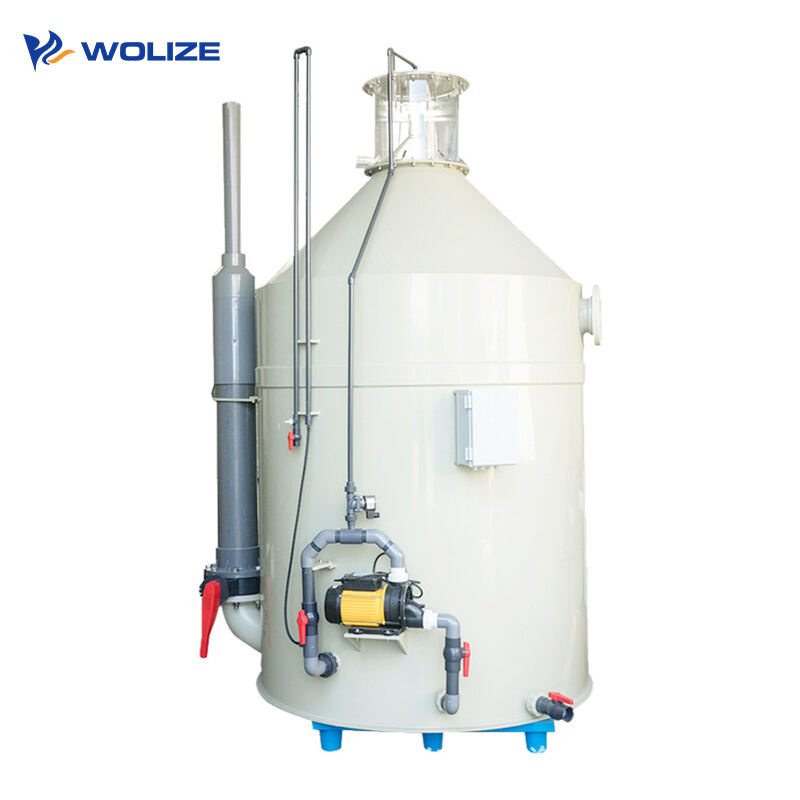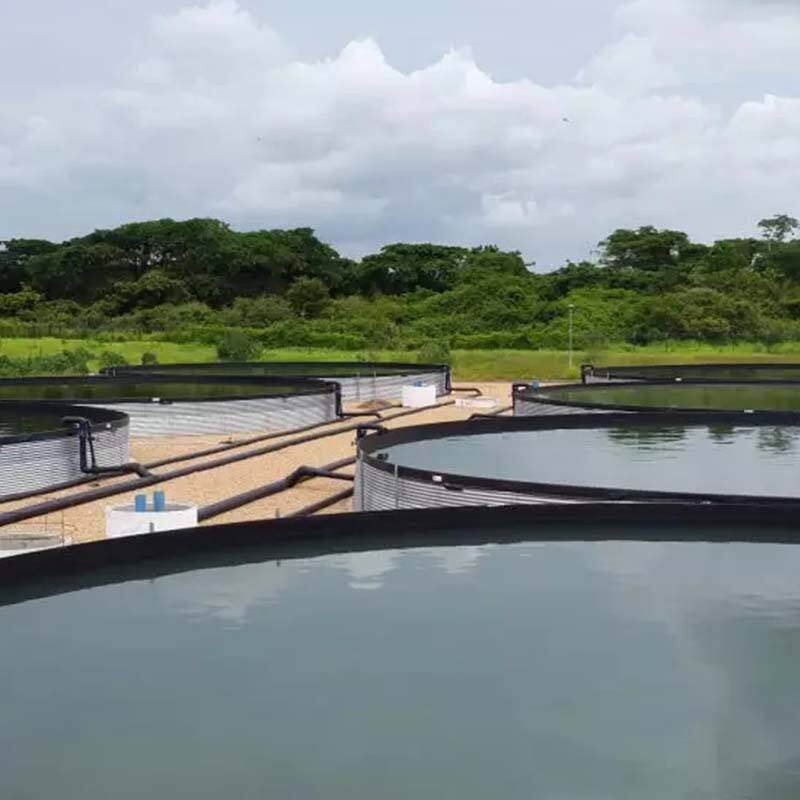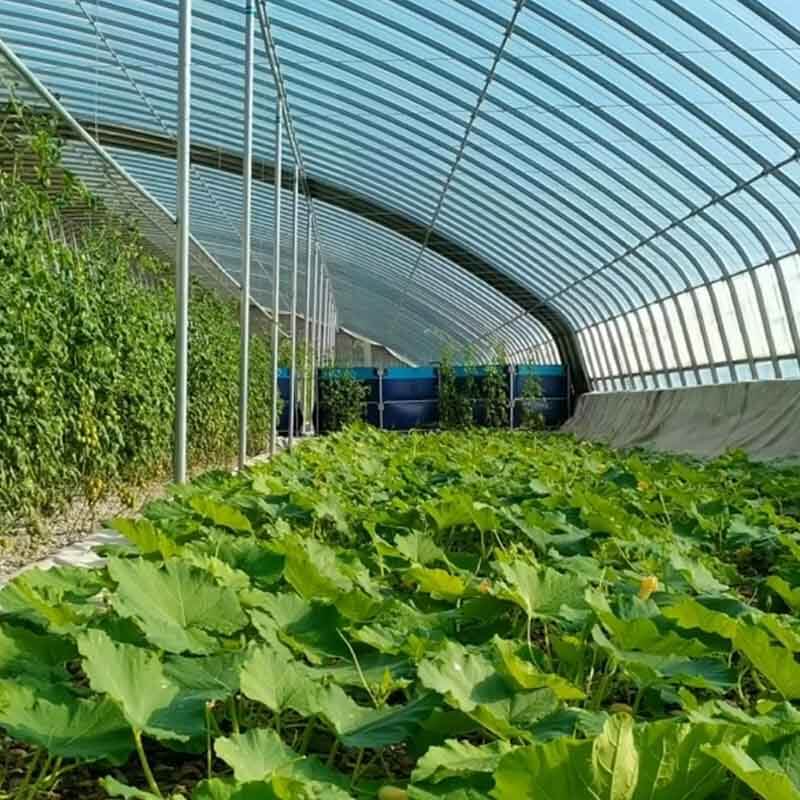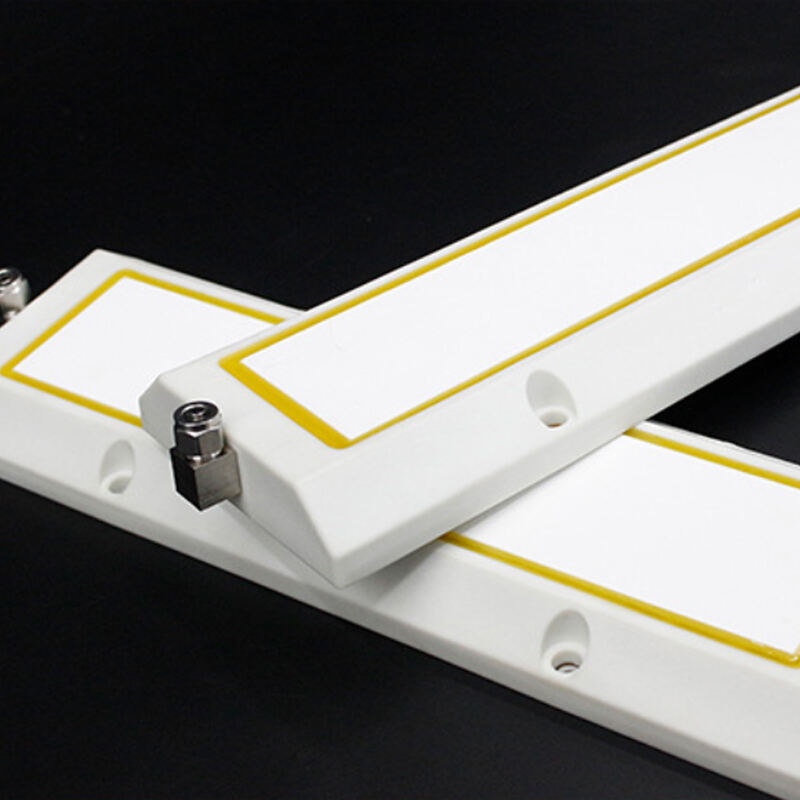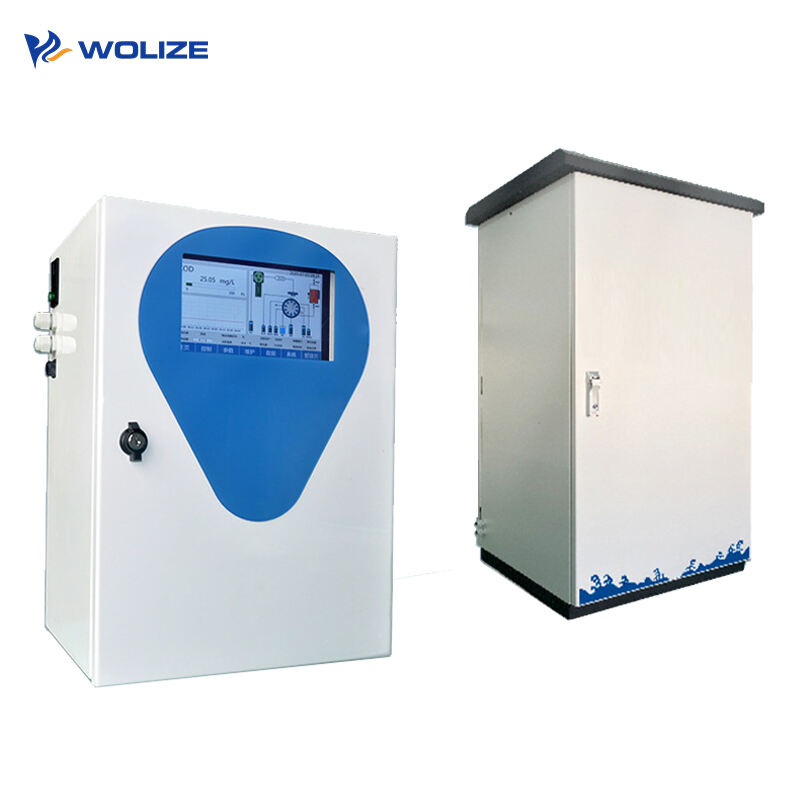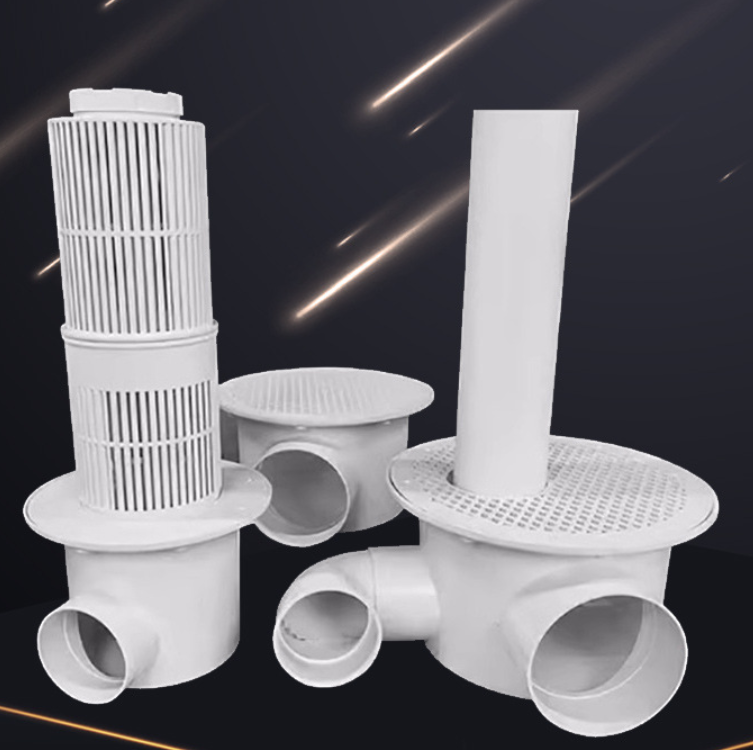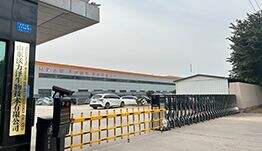The function and working principle of circulating aquaculture protein skimmer!
The function and working principle of circulating aquaculture protein skimmer!
Solid suspended particles have adverse effects on all aspects of land-based factory-scale recirculating aquaculture systems, so removing solid suspended particles is the primary goal of recirculating aquaculture treatment. The size of the particles that account for the vast majority of the mass in the recirculating aquaculture system is less than 100 microns. Due to water turbulence, biodegradation and mechanical agitation, suspended particles that are not removed in time will be broken into fine suspended particles with smaller particle sizes. The particle size of these fine suspended particles is usually less than 30 microns. In this case, sedimentation treatment and mechanical filtration will become ineffective. Foam separation technology is a technology used to remove fine suspended particles. By introducing air into the water body, the surfactant in the water is adsorbed by tiny bubbles, and the bubbles rise to the surface of the water to form foam by the buoyancy of the bubbles, thereby removing dissolved and suspended matter in the water. At present, foam separation is considered to be one of the main processes for effectively removing tiny particles in the recirculating aquaculture system and is an important part of the recirculating aquaculture system.
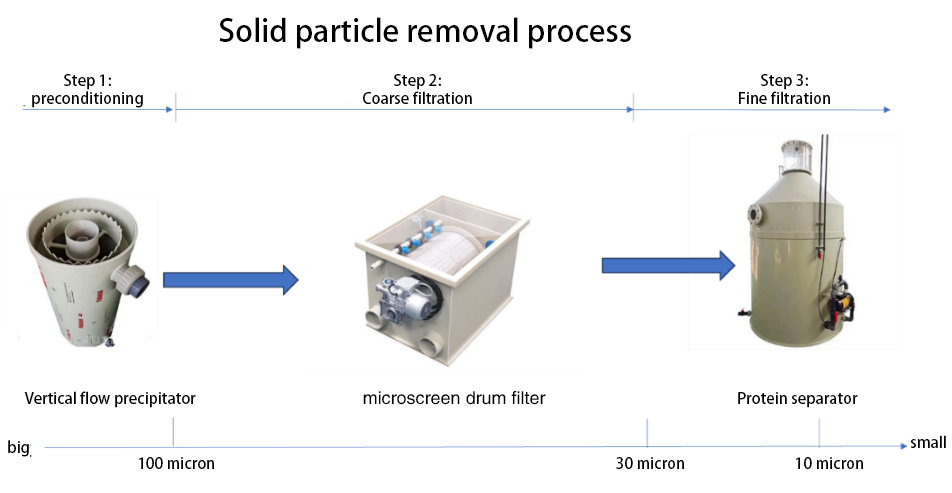
一、The principle of protein skimmer
1. Foam separation principle
The protein skimmer works mainly on the principle of foam separation. In the recirculating aquaculture system, since the excrement and leftover bait of the cultured organisms contain a large amount of organic matter, the surfactants such as proteins in these organic matter are amphiphilic (both hydrophilic and lipophilic). When a large number of tiny bubbles are introduced into the water, these surfactants will be adsorbed on the surface of the bubbles. As the bubbles rise, the bubbles with proteins and other substances adsorbed on the surface form a foam layer on the water surface. The density of the foam layer is relatively low, and it is easy to separate from the water body, thereby removing organic matter such as proteins in the water.
2. Physical and chemical process
From a microscopic perspective, there is surface tension between bubbles and water. When bubbles rise in water, organic molecules in the water will gather on the surface of the bubbles under the action of surface tension. This is a physical adsorption process, and it is also accompanied by some chemical changes, such as the interaction between organic molecules and chemical reactions with the bubble surface. For example, some protein molecules may be denatured, making them more easily adsorbed on bubbles.
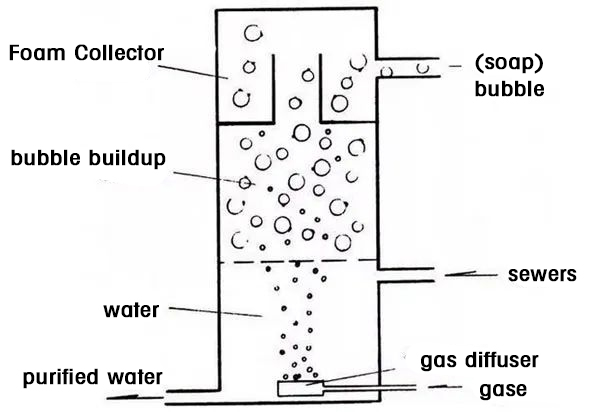
Protein skimmer schematic
二、The role of protein skimmer in recirculating aquaculture
(I) Water purification
1. Removal of organic matter
Protein skimmers can effectively remove organic matter from water, including proteins, fats, sugars, etc. If these organic matter accumulate in water, they will be decomposed by microorganisms, consume a large amount of dissolved oxygen, and produce harmful substances such as ammonia nitrogen and nitrite. Removing these organic matter through a protein skimmer can reduce the pressure of subsequent biological filtration and reduce the production of harmful substances in water. For example, without a protein skimmer, the chemical oxygen demand (COD) in water may quickly rise to more than 100mg/L, but after using a protein skimmer, COD can be controlled at around 30-50mg/L.
2. Reduce ammonia nitrogen production
Since the protein skimmer removes nitrogen-containing organic matter such as protein, it reduces the potential source of ammonia nitrogen in the water. This is very important for maintaining a lower ammonia nitrogen concentration in the recirculating aquaculture system, because ammonia nitrogen is highly toxic to cultured organisms.
(Ⅱ) Improving water transparency
While removing organic matter, the protein skimmer can also take away some suspended particles with a particle size of less than 30 microns in the water, thereby improving the transparency of the water body and facilitating the growth of farmed organisms.
(Ⅲ) Reducing the spread of disease
Removal of pathogen carriers: Organic matter and suspended particles in water are often carriers of pathogens, such as bacteria, viruses and parasites. Protein skimmers remove these carriers, which reduces the chance of pathogens spreading in water and reduces the risk of farmed organisms being infected with diseases.
Recommended Products
Hot News
-
The Christmas discount has arrived
2024-12-26
-
Is it true that raising fish in high-density canvas fish ponds is more efficient than ordinary ponds?
2024-12-16
-
Advantages of galvanized canvas fish pond
2024-10-14
-
High-density fish farming technology, fish pond cost, canvas fish pond, canvas pond, high-density fish farming
2024-10-12
-
Why choose flowing water high-density aquaculture
2023-11-20












































